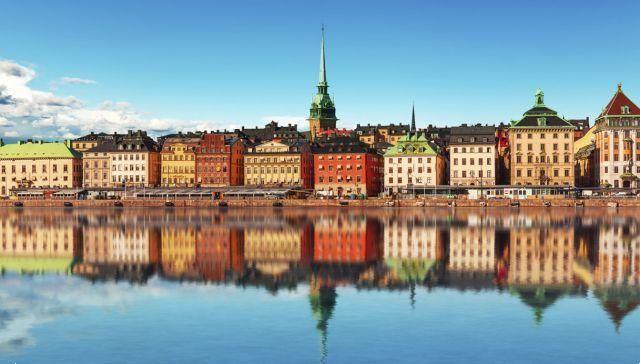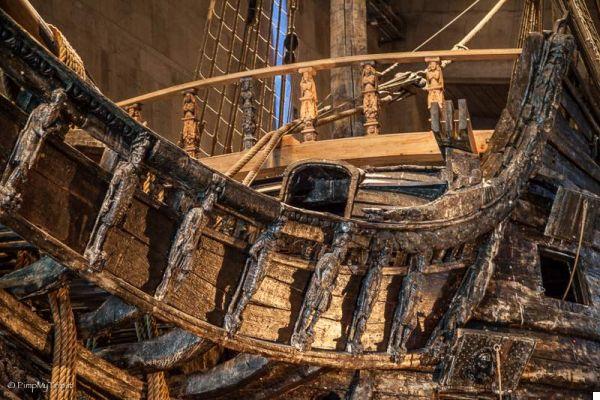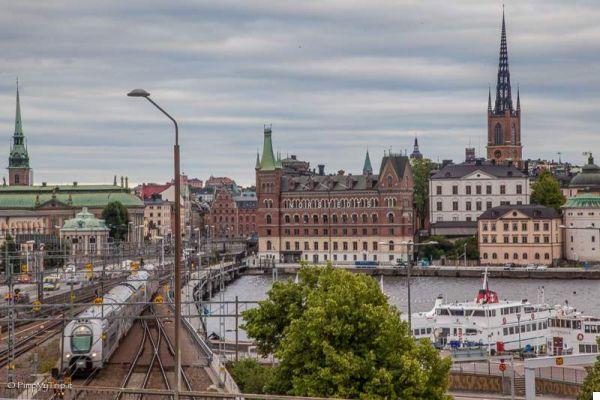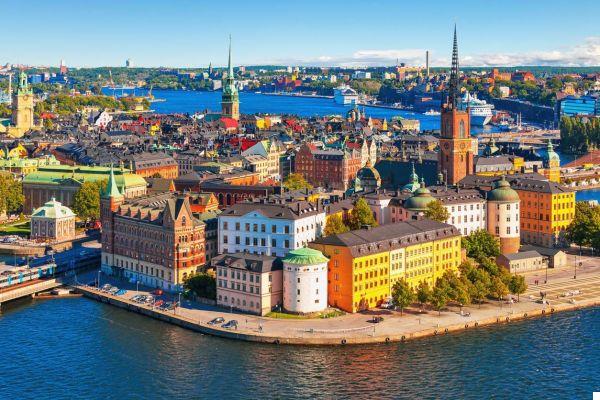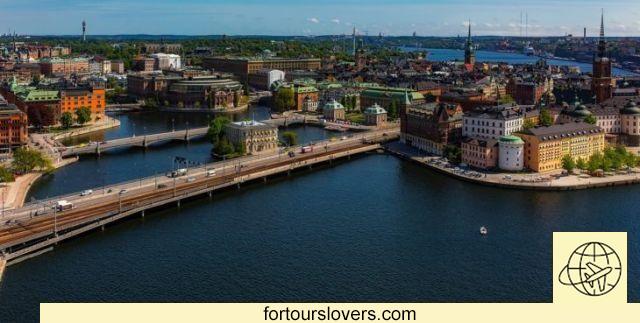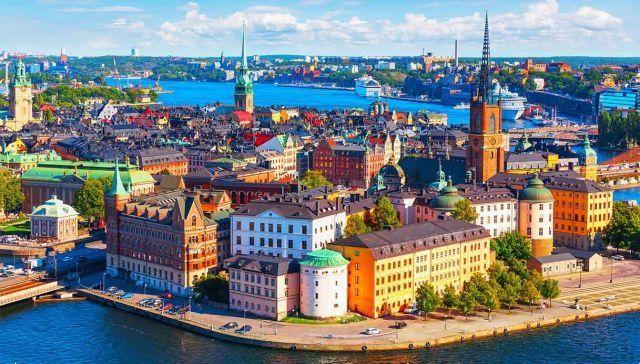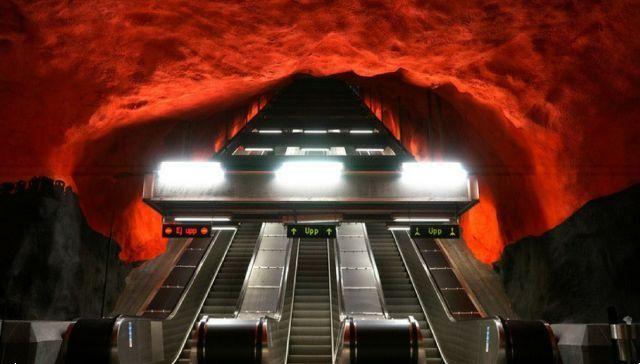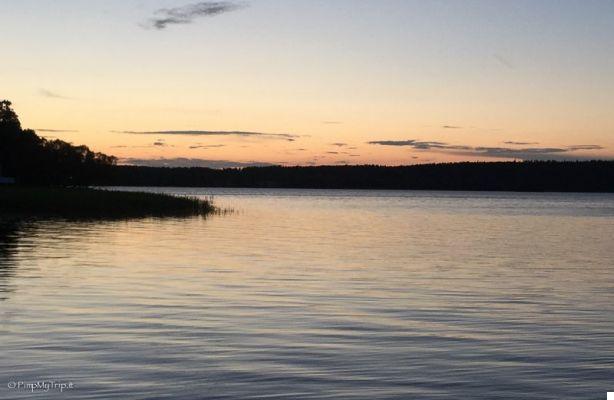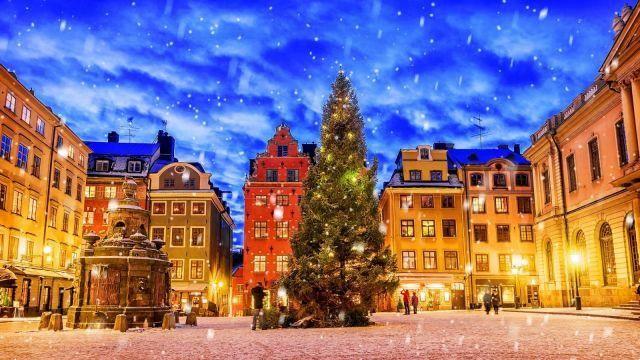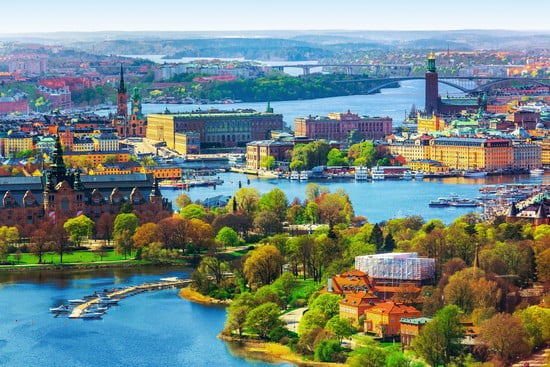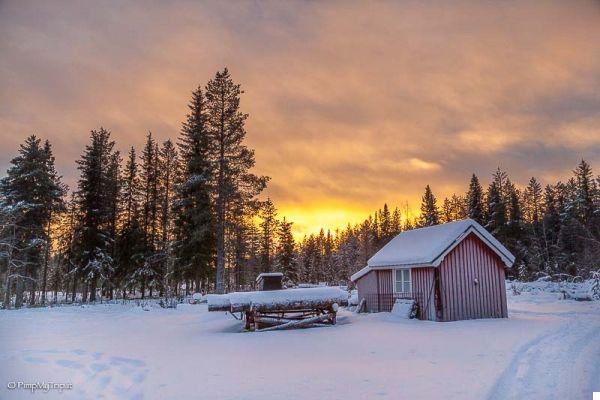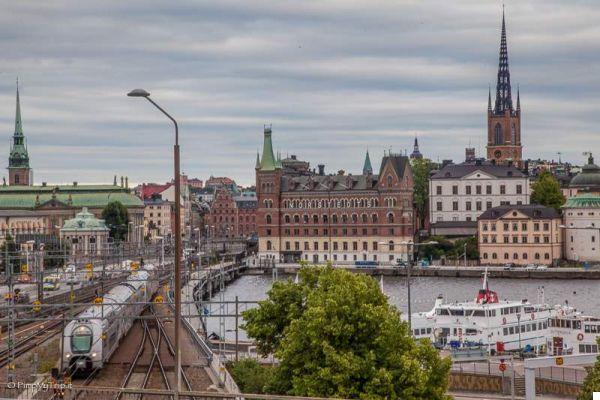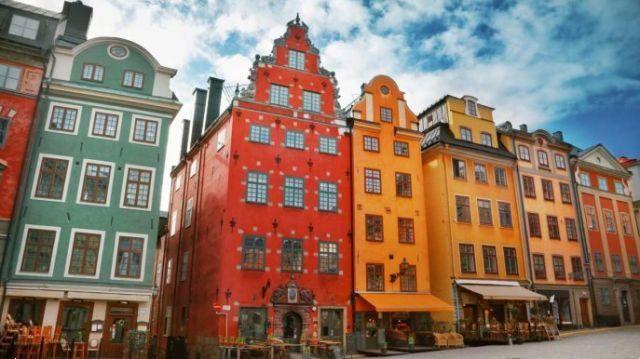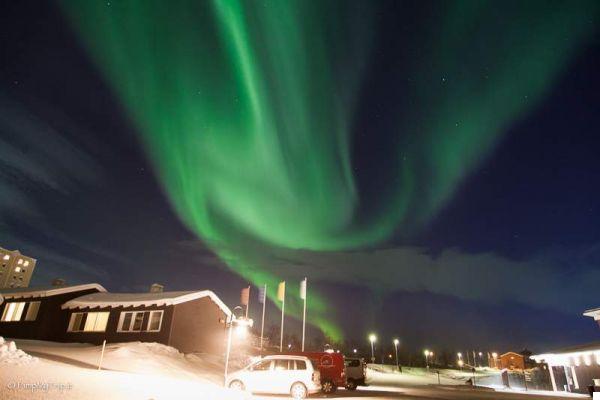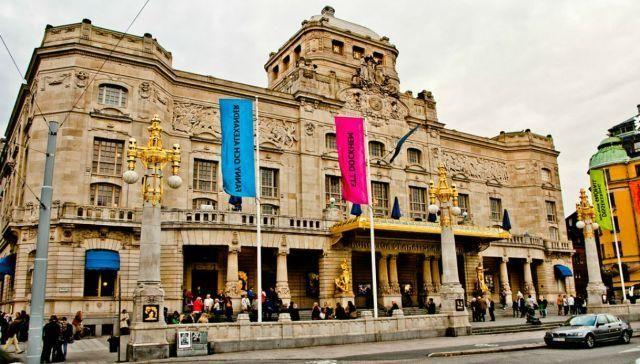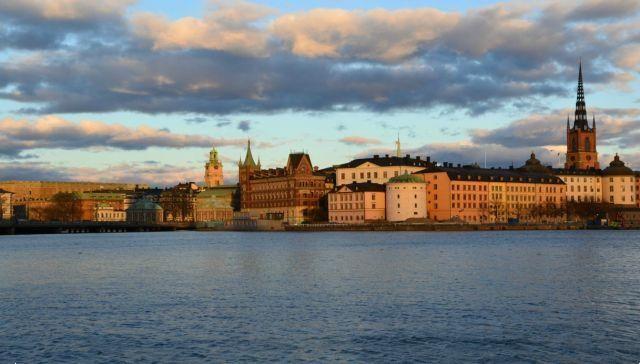 What to do in Stockholm, between nature, history and a thousand attractions: the Royal Palace and the museum of contemporary art, local traditions and vintage shopping.
What to do in Stockholm, between nature, history and a thousand attractions: the Royal Palace and the museum of contemporary art, local traditions and vintage shopping.
Stockholm, noble and regal, lies on 14 islands connected to each other by 57 bridges. It is an elegant, surprising city close to the water and overlooking its basin, where the lake Mälaren meets the Baltic Sea. Capital of Sweden, Stockholm is at the same time noble, austere and welcoming and has deservedly earned the nickname "Venice of the North". In 20 minutes, with public transport you can go from the historic center to wild views and enchanting beaches in a city where nature and metropolitan life live almost in an idyll.
The elegance and charm of Stockholm attract the visitor's interest all year round: in winter, for the traditional Christmas markets and to experience the atmosphere of a festively lit Northern European city; in summer, when the sun is high until the evening you can feel all the sparkling energy of a modern and lively capital. Thus begins our little tour of Stockholm between traditions and avant-garde, design and music, good food and exclusive shopping for designer and vintage clothing. All with the efficiency of its public transport system and the ease of getting around on foot.
You can start from gamla stan, or the old town located on the island of Stadsholmen, the heart of Stockholm. The network of small streets, all paved in stone, offers pulsating corners of shops and boutiques, churches and historic buildings mostly from the 18th and 19th centuries. Stortorget is the large square of the neighborhood, the point where the urbanization of the city began in the thirteenth century: here are the two most famous houses (one yellow and one red) in Stockholm.
A few steps away is the Royal Palace, official residence of the sovereigns of Sweden, a building built at the end of the seventeenth century based on a design by Nicodemus Tessin the Younger after a fire had destroyed the original structure and which was influenced by the designs of Gian Lorenzo Bernini for the expansion of the Louvre and the facade of Palazzo Barberini in Rome. The palace of the sovereigns is full of armor, treasures, underground environments. The changing of the guard takes place three times a week (12.10 pm) and every day in summer. Not far from the Royal Palace, on the island of Helgeandsholmen, there are also the Riksdag, the Swedish parliament and the Medieval Museum. In Kungsholmen, however, you can visit the City Hall where the Nobel Prizes are awarded.
On the nearby island of Skeppsholmen, opposite the Royal Palace, there is the headquarters of the Moderna Museet, Stockholm's Museum of Modern Art which, since 1958, the year of its opening, has presented one of the art collections of the 100th and XNUMXst centuries most beautiful ever. Its permanent collections include works by Munch, Picasso, Dalì, De Chirico, Matisse and Duchamp. Pop art features works by Jean Tinguely, Niki de Saint Phalle and Robert Rauschenberg. The photographic collection contains over XNUMX thousand shots.
On the island of Djurgården it appears Skansen, which is the first of Sweden's open-air museums and zoos, founded in 1891 by Artur Hazelius to preserve and showcase the province's customs, before the industrial era. There are 300.000 square meters of space available, including parks, gardens, homes and farms typical of all of Sweden. Here we celebrate Midsommar, the summer solstice festival, full of events, concerts and performances by workshops of local artists and bakers.
On the same island of Djurgården we then move on to Vasa Museum, the museum that presents to the attention of visitors and enthusiasts the Vasa, the majestic war vessel that sank on 10 August 1628, a few minutes after its launch, due to unfortunate weather conditions. Returning to light only in 1961, the ship is among Stockholm's most loved attractions, a sort of "time machine" capable of providing an intact page of XNUMXth century history, thanks to its wooden sculptures and its sails.
Not to be missed during a tour of Stockholm is a visit to Sofo, an acronym for "South of Folkungagatan", a melting pot of streets and alleys full of vintage shops, bars and restaurants in the bohemian neighborhood of Sodermalm, south of the city. The perfect meeting place for shopaholics, it offers everything from design to Swedish craftsmanship to second-hand shops full of good deals. The best time to get lost in Sofo's shops is on the weekend, between 12pm and 17pm.
One of the most unusual and original art galleries is the one that is revealed by walking through the basement of the subway of Stockholm: the “Tunnelbana” which is 110 kilometers long and boasts some of the most beautiful and artistic stations in the world. Frescoes, neon, graffiti, tiled decorations and stops similar to an immense cave: the artists' imagination has set no limits and the results are evident, starting from the stops on the Blue Line of the metro.
Leaving the city center, the Stockholm archipelago is made up of almost 30.000 islands. The most popular locations are Vaxholm, Sandhamn, Grinda and Mariefred, a historic town that can be reached by a 1903 boat in about three hours from the center of Stockholm. Among the things to do in Stockholm there are the original boat tours between the islands, with dinner included, but it is also possible to stay at Green Lund, the amusement park on the island of Djurgården, to spend one of the warm, evocative and long evenings of the Swedish summer.




